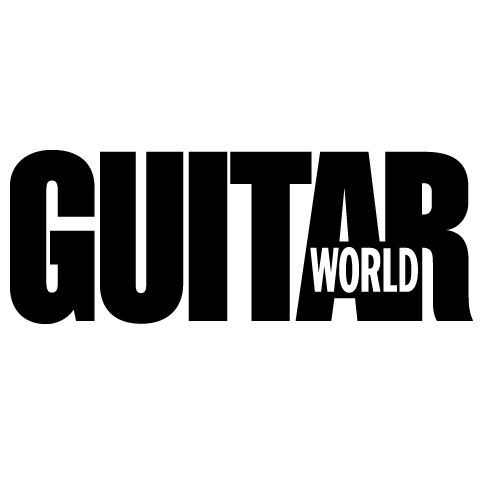How John Lennon's Long-Lost $2.4 Million Gibson J-160E Guitar Was Found
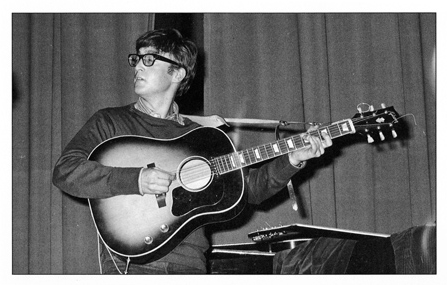
As was widely reported yesterday, John Lennon's long-lost acoustic Gibson J-160E acoustic-electric guitar, which he used while recording the Beatles' Please Please Me and With the Beatles albums, sold for a record-shattering $2.41 million Saturday during a live Julien's auction.
The guitar, which was missing for more than 40 years, sold for three times its $800,000 estimate to a buyer who asked to remain anonymous.
One of two nearly identical 1962 Gibson J-160Es purchased by Beatles manager Brian Epstein for Lennon and George Harrison on September 10, 1962, at Rushworth’s Music House in Liverpool, the guitar was used by Lennon to co-compose (with Paul McCartney) such Beatles classics as “I Saw Her Standing There,” “She Loves You” and “I Want to Hold Your Hand.”
Epstein paid £161.05 for each of the Lennon/Harrison Gibsons—about $450 then or $4,600 today.
The guitar's mysterious odyssey has stood as one of the most enduring mysteries vexing Beatlemaniacs since 1963. Though the guitar—a Gibson Jumbo, with a Sunburst spruce finish and P-90 single-coil pickups—produced a collection of tunes that would change the course of rock history, Lennon used it for a relatively brief period.
After one of the Beatles' legendary 1963 holiday concerts at the Finsbury Park Astoria Theater in London, the instrument was apparently left behind by the band's longtime roadie, Mal Evans, who would later recall the moment “when I lost John's guitar” as the lowest point in his early Beatles career. Lennon would occasionally tease Evans (who died in 1976), “Mal, you can have your job back as soon as you find my guitar.”
The next four years in the guitar's life are a mystery, but it resurfaced in 1967 at a San Diego guitar shop called the Blue Guitar, a popular hub of the city's burgeoning folk, rock and bluegrass scene. Most likely taken as a trade-in (no one associated with the store then or now remembers who brought the guitar in, nor do any written records remain, and certainly no one knew of the instrument's significance), the Gibson was purchased for $175 by a young man named Tommy Pressley, a then-21-year-old carpenter's apprentice and bluegrass player who frequented the shop.
Get The Pick Newsletter
All the latest guitar news, interviews, lessons, reviews, deals and more, direct to your inbox!
Two years later and needing money for a move, Pressley sold the guitar for the same price to his childhood friend, John McCaw.
McCaw, 69, who still works contractor in the San Diego area, played the instrument off and on over the next four decades, though he admits it often stayed on his wall or in a closet. “What you see today,” he says about the scratched guitar, “is exactly the way it looked the day I bought it 46 years ago. All the little dents and nicks and dings that you see were all there.”
In April 2014, McCaw, who had resumed his musical avocation, had just completed a group guitar lesson at San Diego's Sanctuary Art and Music Studio when he noticed a 2012 copy of Guitar Aficionado magazine with George Harrison's son, Dhani, on the cover. Inside was a photo of George's 1962 Gibson J160-E (which is still owned by the Harrison Estate).
Noticing the closeness of the serial numbers, McCaw and Marc Intravaia, the studio owner and friend, contacted Beatles Gear author Andy Babiuk, who examined and authenticated the instrument as the missing Lennon instrument. The guitar is included on the cover of Babiuk's revised Beatles Gear—The Ultimate Edition, which is available today (November 10).
“It was at that point that I realized I can't keep the guitar,” McCaw told GuitarWorld.com. “It's too big for me. It's not going to fit in my house anymore.”
The guitar is without question one of the most significant instruments in rock history. One of two nearly identical 1962 Gibson J-160E acoustic-electric guitars purchased on September 10, 1962, by Beatles manager Brian Epstein for Lennon and George Harrison, the guitar was used by Lennon to co-compose (with Paul McCartney) such early Beatles classics as “I Saw Her Standing There,” “She Loves You,” “I Want to Hold Your Hand” and “All My Loving.”
Lennon's earliest known use of the guitar was during the Abbey Road recording sessions of September 11, 1962, when the Beatles—with Ringo Starr having recently replaced original drummer Pete Best—recorded “Love Me Do” and “P.S. I Love You.”
A more comprehensive history of the lost Lennon guitar will appear in the January 2016 issue of Guitar World.
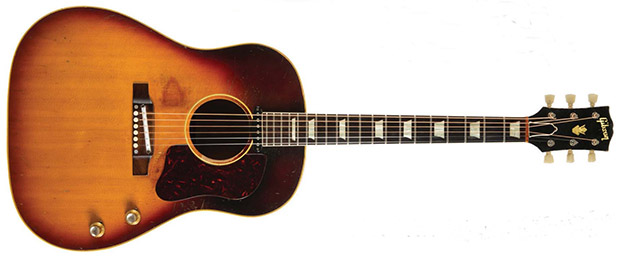
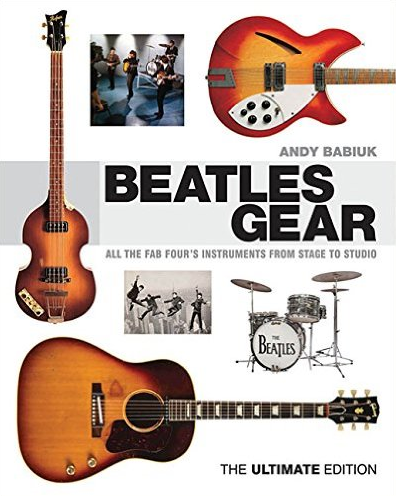
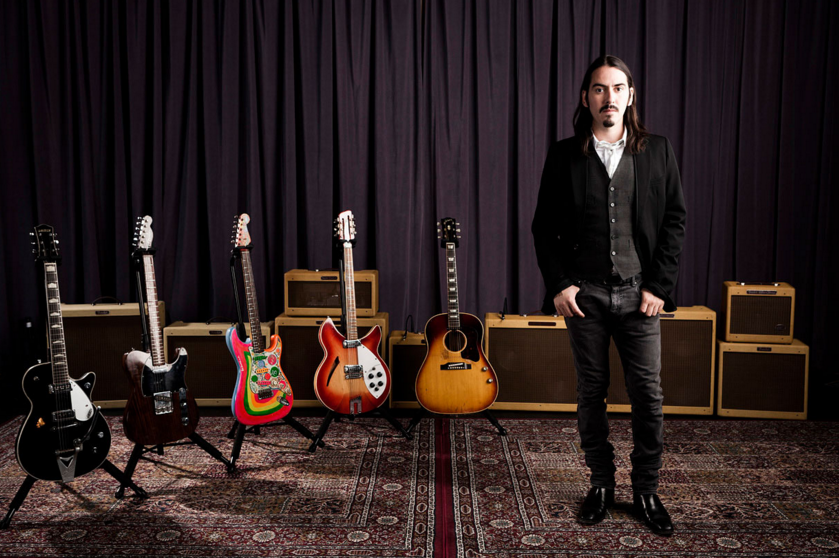
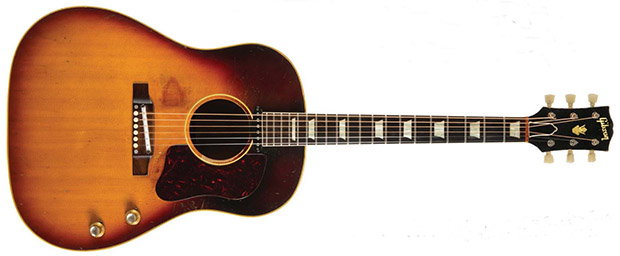
Since 1980, Guitar World has been the ultimate resource for guitarists. Whether you want to learn the techniques employed by your guitar heroes, read about their latest projects or simply need to know which guitar is the right one to buy, Guitar World is the place to look.
“Finely tuned instruments with effortless playability and one of the best vibratos there is”: PRS Standard 24 Satin and S2 Standard 24 Satin review
Epiphone brings one of Gibson’s most desirable one-off finishes to the masses with Guitar Center-exclusive Widow Les Paul – but it’s been given a twist
